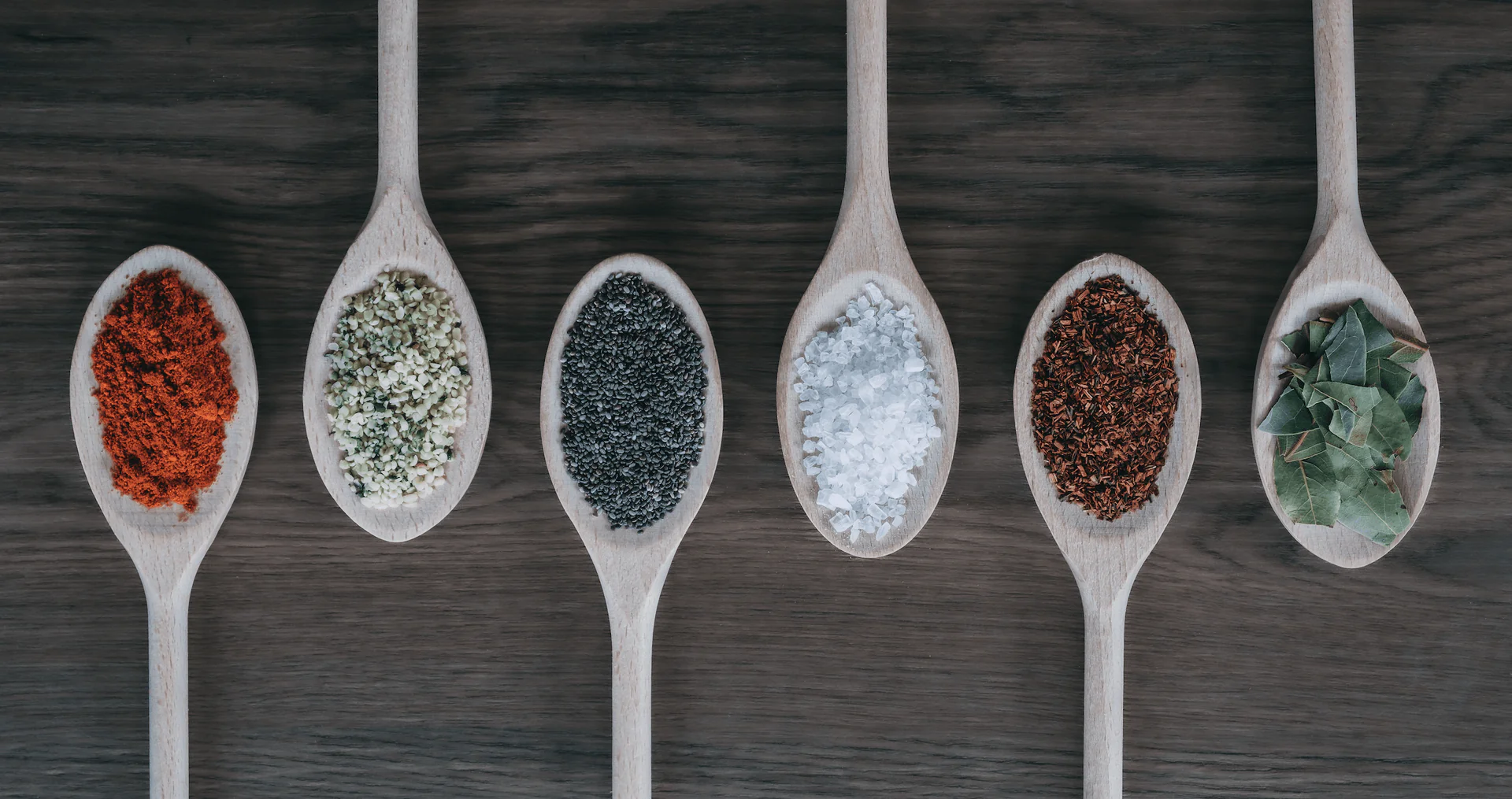Spices are the heart and soul of cuisine. They are not just the ingredients that add flavor to a dish—they are a powerful way to evoke emotions, transport you to distant lands, and unlock a symphony of tastes and aromas. The world of spices is vast and diverse, with each spice bringing its unique characteristics to the table. From warming, earthy notes to sharp, zesty flavors, spices can transform even the simplest meal into a culinary masterpiece.
In this guide, we’ll explore some of the most popular spices, their origins, and how they can be used in cooking to elevate your dishes. Whether you’re a novice home cook or an experienced chef, understanding the nuances of spices can open up a world of possibilities in your kitchen.
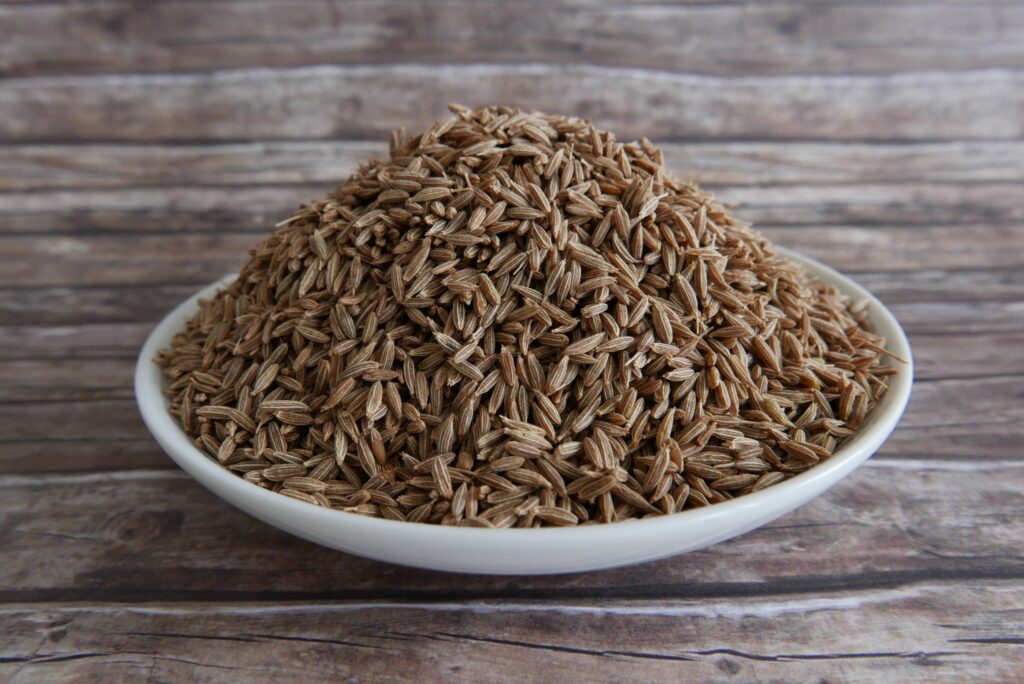
1. Cumin: The Earthy Spice of Depth
Cumin is one of the most widely used spices in the world, known for its deep, warm, and earthy flavor. It is native to the Mediterranean region and Asia but is now commonly found in many cuisines, from Indian to Mexican to Middle Eastern. Cumin has a nutty, peppery taste with a hint of citrus, making it an ideal addition to both savory and sweet dishes.
How to Use Cumin:
- In curries and stews: Cumin is a key ingredient in Indian curries, where it is often paired with coriander and turmeric to create a balanced flavor base.
- In Mexican cuisine: It adds a warm kick to taco seasoning and chili. It’s also delicious in salsas and guacamole.
- In baked goods: In some Middle Eastern desserts, cumin adds an unexpected depth of flavor, particularly when paired with honey or citrus.
Pro Tip: Toasting cumin seeds in a dry pan before using them enhances their flavor, bringing out their full aromatic potential.
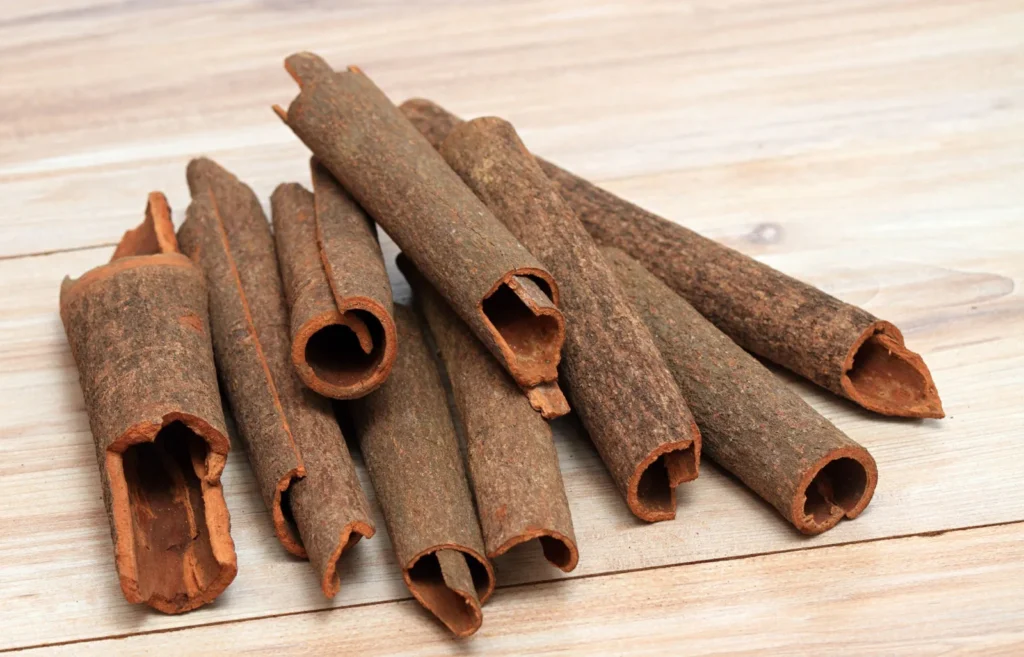
2. Cinnamon: The Sweet and Spicy Delight
Cinnamon is beloved for its sweet, warm flavor and aromatic fragrance. It’s used extensively in both sweet and savory dishes, making it a versatile spice that crosses culinary boundaries. Derived from the bark of Cinnamomum trees, it’s used in stick form or ground into powder.
How to Use Cinnamon:
- In desserts: Cinnamon is a staple in desserts such as cinnamon rolls, apple pies, and spice cakes. Its warm, sweet flavor perfectly complements fruits like apples, pears, and bananas.
- In savory dishes: In many Middle Eastern and Mediterranean dishes, cinnamon is used to balance the richness of meats, particularly lamb, or to add depth to stews and braised dishes.
- In beverages: Cinnamon is fantastic in hot drinks like mulled wine, chai tea, or hot chocolate.
Pro Tip: A dash of cinnamon can be added to smoothies or oatmeal for an extra flavor boost. It also pairs wonderfully with vanilla, nutmeg, and cloves.
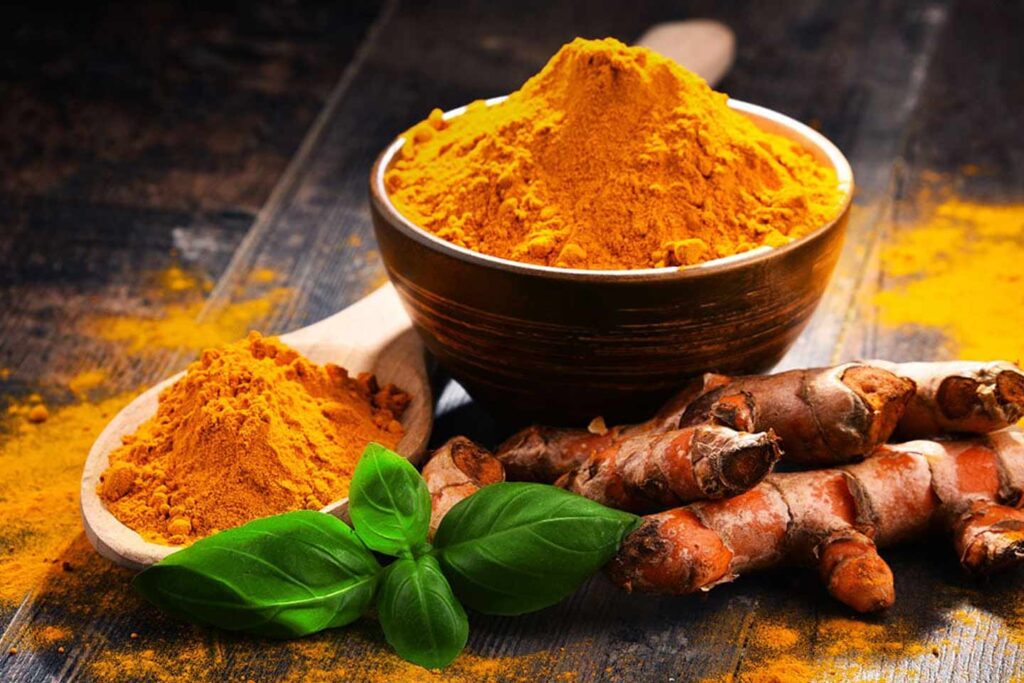
3. Turmeric: The Golden Spice
Known for its vibrant yellow color and mild, slightly bitter flavor, turmeric has been used in cooking and medicine for centuries. It’s a cornerstone of Indian cuisine and is responsible for the golden hue in many curries, rice dishes, and sauces. Beyond flavor, turmeric is also packed with antioxidants and is famed for its anti-inflammatory properties.
How to Use Turmeric:
- In curries and rice: Turmeric is often the base of many Indian and Southeast Asian curry dishes. It pairs beautifully with coconut milk, garlic, and ginger.
- In soups: A pinch of turmeric can elevate broths, especially in lentil soups or chicken noodle soup.
- In smoothies: Add a teaspoon of turmeric to a smoothie or juice for a health boost and a subtle depth of flavor.
Pro Tip: Pair turmeric with black pepper to enhance its bioavailability, making it more effective in the body. Additionally, a small amount of fat (like coconut oil) helps in absorbing its health benefits.
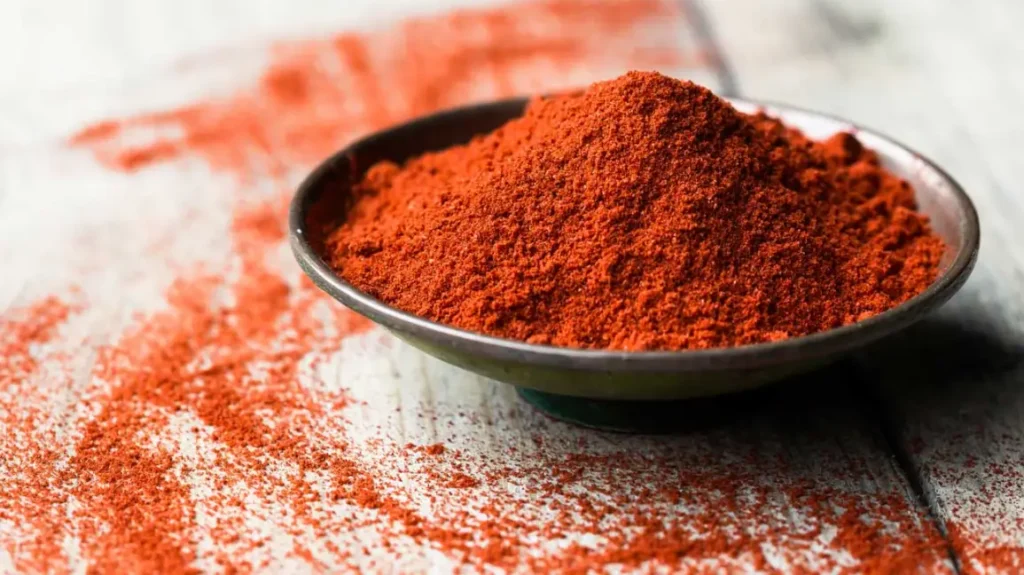
4. Paprika: The Smoky Sweetness
Paprika is a spice made from dried peppers, and it comes in several varieties, from sweet to hot to smoked. Smoked paprika, in particular, has become a favorite for adding a deep, smoky flavor to dishes. Originating in Hungary and Spain, paprika adds a gentle warmth and complex flavor to everything from meats to vegetables to rice.
How to Use Paprika:
- In meats and stews: Smoked paprika is a fantastic addition to meats, especially in dishes like Hungarian goulash, Spanish paella, or grilled chicken.
- In soups and sauces: A dash of paprika can add depth to soups, like tomato or potato soup, and make sauces more vibrant.
- In roasted vegetables: Paprika adds a touch of smokiness to roasted vegetables like potatoes, carrots, or cauliflower.
Pro Tip: If you’re looking for an extra kick, try using hot paprika in chili, or mix it with cumin for a spicier seasoning for meats.
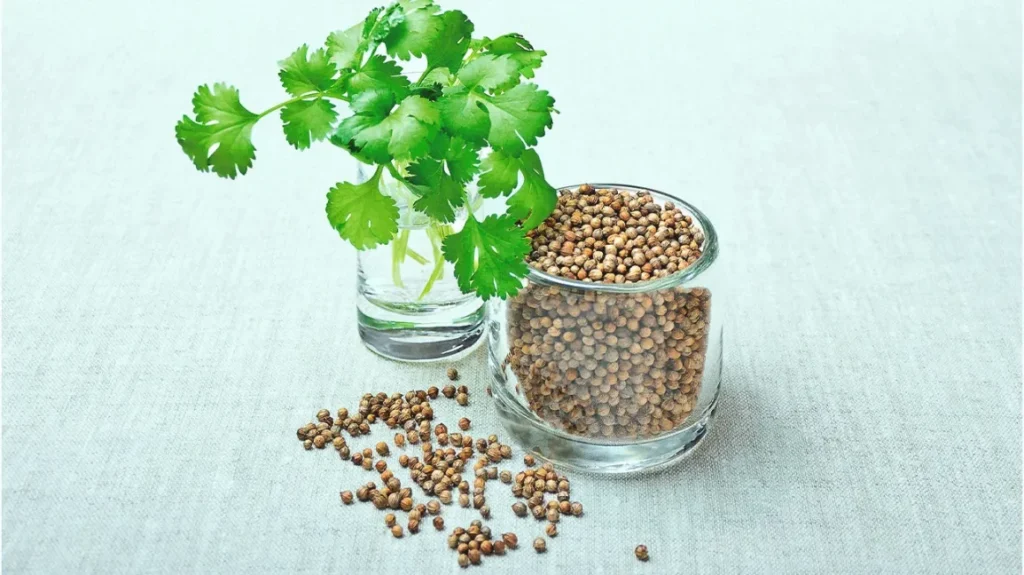
5. Coriander: The Citrusy Herb Spice
Coriander, also known as cilantro in its fresh form, is a spice that comes from the seeds of the coriander plant. It has a citrusy, slightly sweet flavor with hints of spice and is widely used in Indian, Middle Eastern, and Latin American cuisines. Ground coriander is the dried seed of the plant, while fresh cilantro offers a completely different, fresh, herbaceous flavor.
How to Use Coriander:
- In curries and stews: Coriander seeds are often used in curry powders and spice blends, such as garam masala, and pair well with cumin, turmeric, and cardamom.
- In salsas and chutneys: Fresh cilantro is a key ingredient in salsas, guacamole, and chutneys, offering a fresh contrast to the rich, savory components.
- In salads: Fresh coriander (cilantro) leaves are perfect for adding brightness to salads, particularly those with a Mexican or Thai influence.
Pro Tip: Toasting coriander seeds brings out their aromatic oils and intensifies their flavor, which can be especially useful in spice blends or as a garnish.
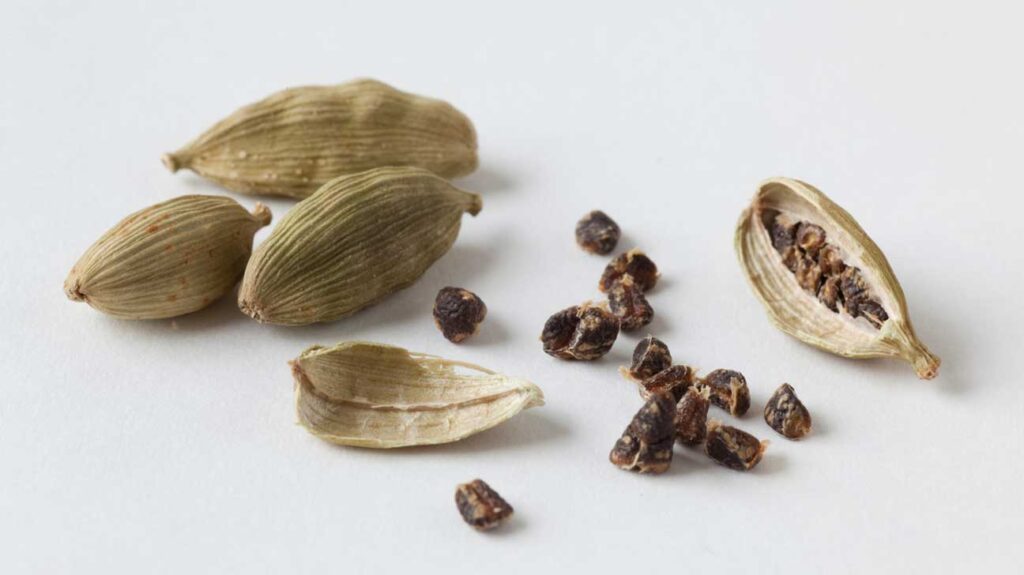
6. Cardamom: The Royal Spice
Cardamom is one of the most expensive spices in the world, but its complex flavor profile is well worth the cost. With its sweet, floral, and slightly spicy flavor, cardamom is used in both sweet and savory dishes across various cuisines, particularly in Indian, Scandinavian, and Middle Eastern cooking. It’s often used in chai tea and is a key component of many spice blends, like garam masala.
How to Use Cardamom:
- In desserts: Cardamom is a signature spice in many Indian sweets, like chai-spiced cakes, rice puddings, and milk-based desserts.
- In chai or coffee: It’s the signature spice in Indian chai tea, lending a warm, aromatic flavor. Cardamom is also a wonderful addition to coffee, adding a rich, exotic note.
- In savory dishes: Cardamom can be added to curries and rice dishes for an exotic touch. It pairs well with lamb, chicken, and vegetables.
Pro Tip: If using whole cardamom pods, crack them open to release the seeds before grinding. This will provide a more intense flavor.

